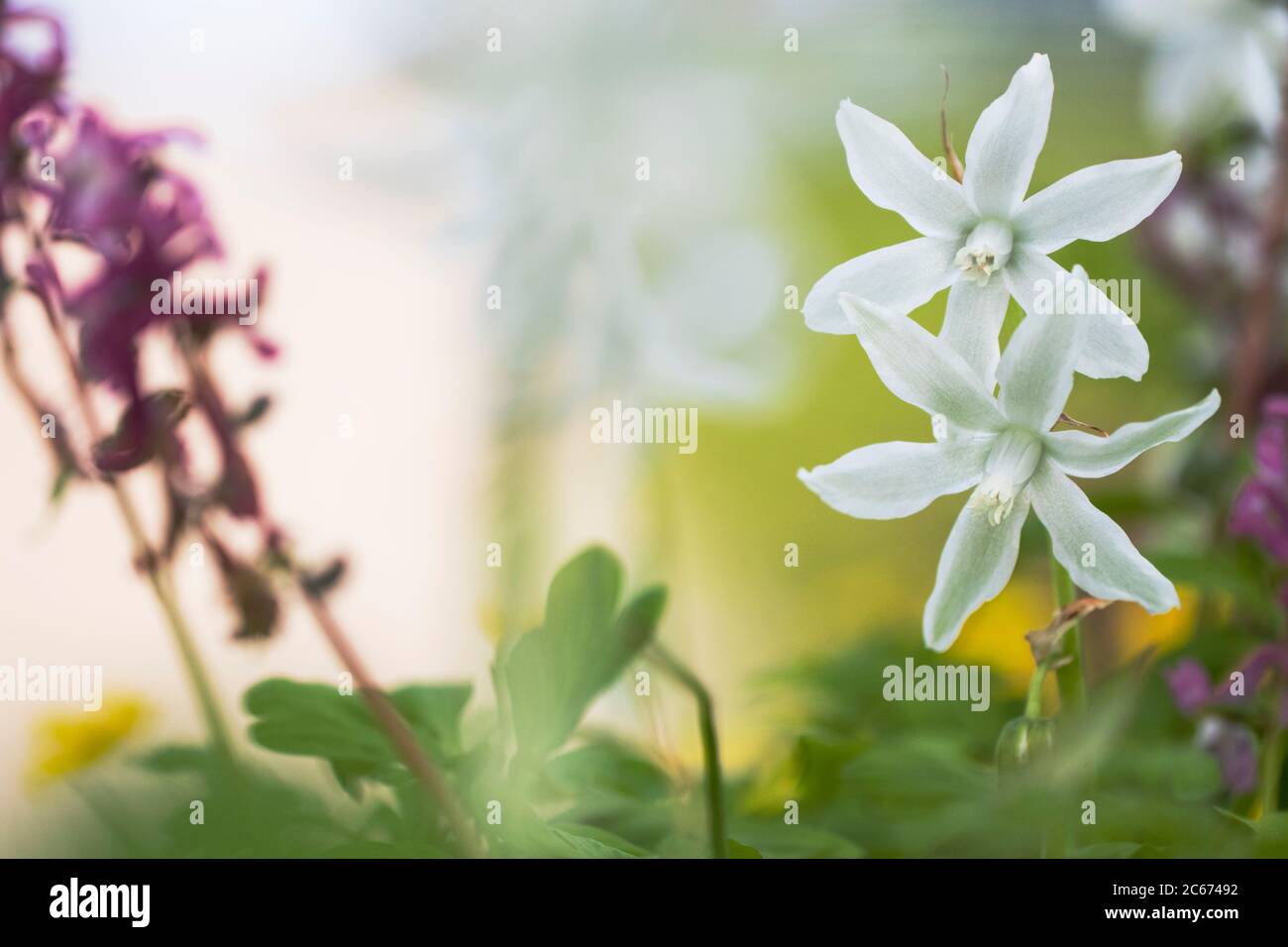The drooping star of Bethlehem, also known by its scientific name Ornithogalum nutans, is a bulbous perennial plant that produces graceful nodding flowers in spring Native to parts of Europe and Asia, it has been introduced to North America as an ornamental garden plant With its dangling white blooms and grassy foliage, the drooping star of Bethlehem is undeniably lovely. However, this plant has become invasive in some areas, posing a threat to native wildflowers.
Overview of Drooping Star of Bethlehem
Drooping star of Bethlehem emerges in early spring, sending up leafless stems topped with charming flowers. Each plant can produce 10-15 blooms on spikes rising 1-2 feet tall. The flowers consist of six tepals which spread out into a star shape. Tepals are similar to petals but are actually modified leaves. The tepals are white with a green stripe on the backside.
After the spring blooms fade, slender green foliage appears. The narrow leaves remain through summer before dying back in fall. The plant spreads through bulblets and abundant seeds, forming large drifts in ideal growing conditions.
This species is closely related to the smaller common star of Bethlehem (Ornithogalum umbellatum). Both were introduced as ornamentals from Europe.
Growing Conditions
Drooping star of Bethlehem thrives in the following conditions:
- Full sun to partial shade
- Moist, well-drained soil
- Zones 5-9
It flourishes along streams and floodplains and will grow aggressively once established. Container growing can help restrain spread.
Symbolic Meaning
All star of Bethlehem flowers carry religious symbolism due to their biblical name and star shape. Specific meanings include:
- Purity
- Hope
- Reconciliation
- Honesty
The flowers are popular in arrangements for christenings, Easter and other Christian events.
Invasive Status
While lovely in controlled settings, both drooping and common star of Bethlehem have become invasive in parts of North America. They spread rapidly once introduced and will displace native wildflowers over time. Both plants have been labeled invasive in over 10 states, from Wisconsin to Virginia.
Star of Bethlehem forms dense colonies that crowd out spring ephemerals like trillium, bloodroot and violets. Removing the deep bulbs is difficult, so prevention and early control are important.
Control and Removal
To control drooping star of Bethlehem in areas where it is invasive:
- Dig up bulbs, roots and all, as soon as infestations are spotted
- Remove flowers before they set seed
- Monitor areas for several years since bulblets may sprout again
- Plant native alternatives like Virginia bluebells or wild ginger
- Do not purchase or propagate this plant in regions where it is non-native
Vigilance is needed to prevent this aggressive bulb from taking over natural areas. Avoid using it in gardens adjacent to parks and woodlands.
Alternatives to Grow
Many gardeners want beautiful spring blooms without the invasive risks. Some safe star of Bethlehem alternatives include:
- Summer snowflake (Leucojum aestivum)
- Snowdrop (Galanthus nivalis)
- Snowflake windflower (Anemone sylvestris)
- Glory-of-the-snow (Chionodoxa species)
These provide similar charm without becoming a nuisance in natural settings. Always choose non-invasive plants, especially when gardening near protected wilderness areas.
The Draw yet Danger of Drooping Star of Bethlehem
With its nodding white bells, the drooping star of Bethlehem flower provides graceful spring beauty. However, the same traits that make it so appealing to gardeners allow it to spread rapidly in the wild. By understanding this plant’s invasive potential, gardeners can make responsible choices and prevent ecological harm. Enjoy this special flower where it belongs – leave it out of natural areas where it can become a pest.
Taxonomy Scientific name
Drooping Star of Bethlehem needs 0. 5 cups of water every 9 days if it’s in a 5″ pot and doesn’t get direct sunlight.
You can use our water calculator to get personalized watering advice based on your area, or you can download Greg to get more detailed advice for all of your plants.
Water 0.5 cups every 9
Does your plant get direct sunlight? No Yes
Select the pot size
Greg is a plant care intelligence that has learned how plants work so you can grow with confidence!
Finding light for Drooping Star of Bethlehem in your home
Drooping Star of Bethlehem love being close to bright, sunny windows .
Place it less than 1ft from a south-facing window to maximize the potential for growth.
Drooping Star of Bethlehem does not tolerate low-light .
Choose your area to see how the current weather affects where you can put the Drooping Star of Bethlehem in your home
ORANGE STAR PLANT CARE 101 (Star of Bethlehem Flower)
- The Ultimate Guide to Growing Strawberries in Raised Beds - August 8, 2025
- No-Dig Garden Beds: The Easiest Way to Grow a Beautiful Garden - August 6, 2025
- How to Protect and Preserve Wood for Raised Garden Beds - August 6, 2025


